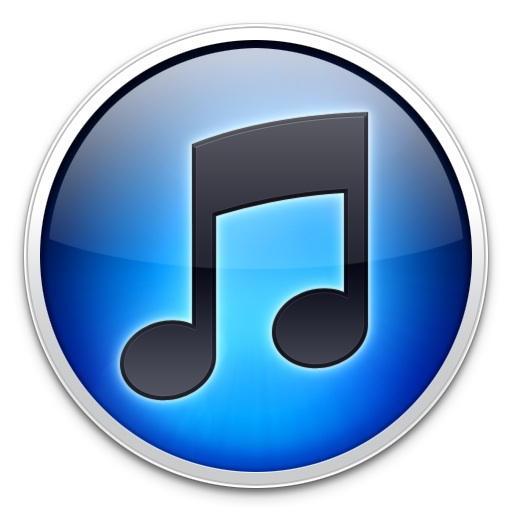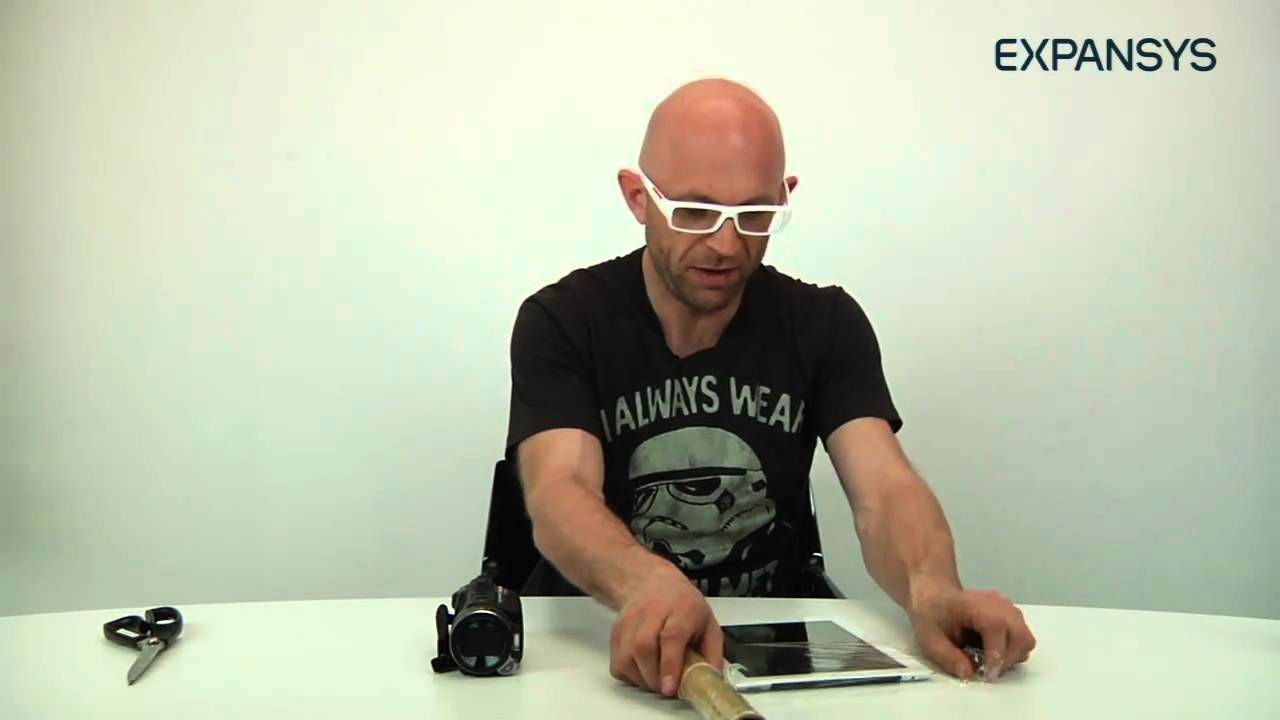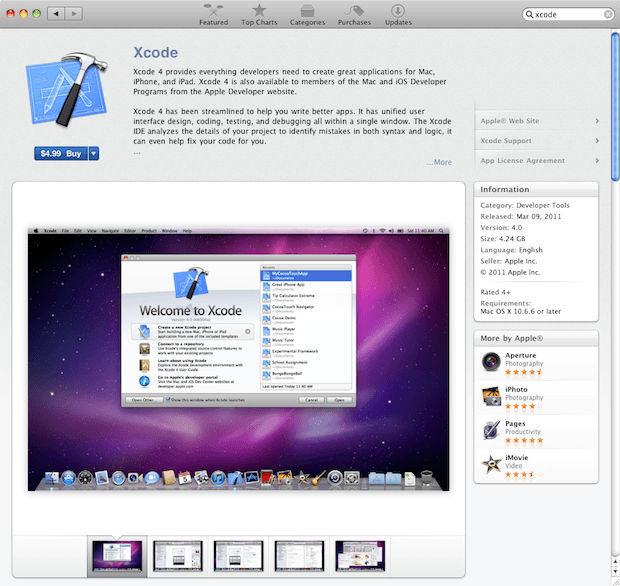Apple’s iOS updates lately have been interesting because they haven’t performed a complete restore and recovery of my data — in other words I didn’t have to reload all my apps, media, etc. after the firmware was updated. This happened recently with iOS 4.3.3 and previously with iOS 4.3.2.
In some cases after short firmware updates like these I’ve experienced problems with apps, my internet connection, multitasking, and a few other things. Here are some tips that will help you eliminate these problems if you encounter them.
I often take these basic iOS troubleshooting tips for granted and I thought that this would be a good time to share them with all of you.
![When Things Go Awry Troubleshoot Your iOS Updates [How-To] Slow-Computer-Collage2](https://www.cultofmac.com/wp-content/uploads/2011/05/Slow-Computer-Collage2.jpg)

![Create An iTunes Account Without A Credit Card [Video How-To] itunes](https://www.cultofmac.com/wp-content/uploads/2011/05/itunes.png)
![Renew Your Old iPod Nano With Some Software Mods [How-To] The main menu of Rockbox.](https://www.cultofmac.com/wp-content/uploads/2011/05/DSCN1945.jpg)
![Formatting External Hard Drives In OS X [Video How-To] diskutility](https://www.cultofmac.com/wp-content/uploads/2011/04/diskutility.jpg)
![Use Dashboard Widgets On Your Desktop [Video How-To] Dashboard](https://www.cultofmac.com/wp-content/uploads/2011/04/Dashboard.png)

![Figuring Out What Keys Generate What Symbols In OS X [Video How-To] newkeycaps](https://www.cultofmac.com/wp-content/uploads/2011/04/newkeycaps.jpg)
![Finding And Deleting The Big Files On Your Hard Drive [Video How-To] Omni](https://www.cultofmac.com/wp-content/uploads/2011/04/Omni.jpg)
![Keep Your Mac Mac Running Like A Mean Machine [Video How-To] onyx](https://www.cultofmac.com/wp-content/uploads/2011/04/onyx.png)
![How to completely uninstall software under Mac OS X [MacRx] Mac Uninstall](https://www.cultofmac.com/wp-content/uploads/2011/04/Mac-Uninstall.jpg)
![Keeping An Eye On Your Kids’ Online Activities With Parental Controls [Video How-To] parental](https://www.cultofmac.com/wp-content/uploads/2011/04/parental.png)
![Running Windows And Mac Apps Side By Side [Video How-To] virtual](https://www.cultofmac.com/wp-content/uploads/2011/04/virtual.png)
![Tighten Up Safari’s Security With One Click [100 Tips #52] Safari security](https://www.cultofmac.com/wp-content/uploads/2011/04/20110401-safari-security.jpg)
![Opening And Editing Microsoft Office Documents In iWork [Video How-To] Pages](https://www.cultofmac.com/wp-content/uploads/2011/04/Pages.jpg)

![Saving Energy With Your Mac [Video How-To] Energy](https://www.cultofmac.com/wp-content/uploads/2011/03/Energy.png)
![How To Organize Your iPad The Right Way [Video How-To] iPad](https://www.cultofmac.com/wp-content/uploads/2011/03/iPad.png)
![How To Deal With Crashed Apps [100 Tips #51] 20110329-forcequit.jpg](https://www.cultofmac.com/wp-content/uploads/2011/03/20110329-forcequit.jpg)
![Eject Stuck CDs Or DVDs From Your Mac [Video How-To] eject](https://www.cultofmac.com/wp-content/uploads/2011/03/eject.png)
![How To Correct Common Typos Automagically [100 Tips #50] 20110314-textprefs.jpg](https://www.cultofmac.com/wp-content/uploads/2011/03/20110314-textprefs.jpg)
![Switching From Aero Peek To Exposé [Video How-To] expose](https://www.cultofmac.com/wp-content/uploads/2011/03/expose.png)

![Top Keyboard Shortcuts In Mac OS X [Video How-To] keyboard](https://www.cultofmac.com/wp-content/uploads/2011/03/key1.jpg)
![Applejack Helps Out With Computer Emergencies [50 Mac Essentials #32] 20110307-applejack.jpg](https://www.cultofmac.com/wp-content/uploads/2011/03/20110307-applejack.jpg)
